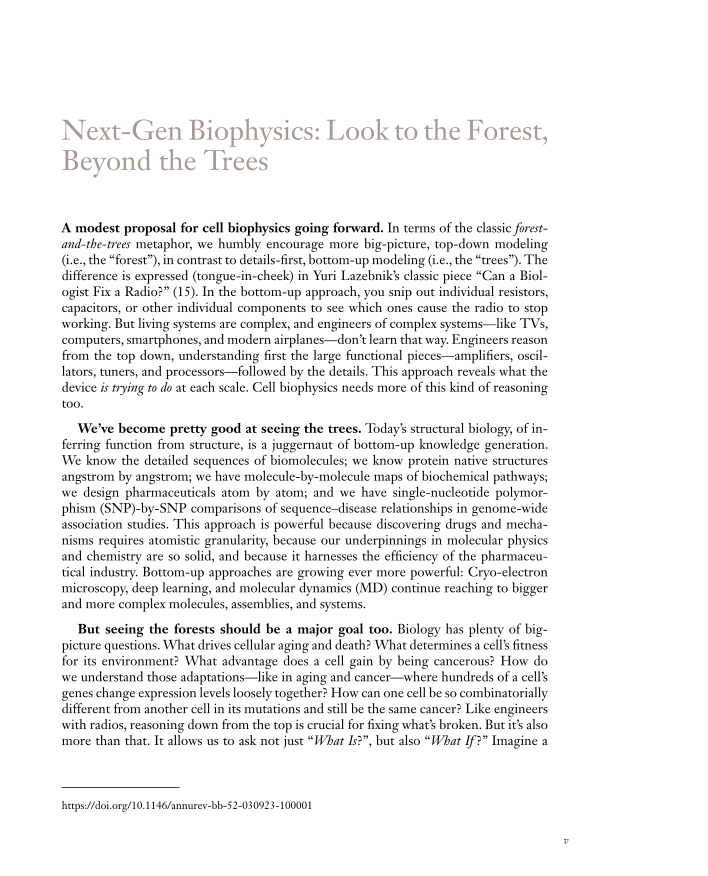
Full text loading...

Next-Gen Biophysics: Look to the Forest, Beyond the Trees, Page 1 of 1
< Previous page | Next page > /docserver/preview/fulltext/biophys/52/1/annurev-bb-52-030923-100001-1.gif
There is no abstract available.

Article metrics loading...

Full text loading...
Literature Cited

